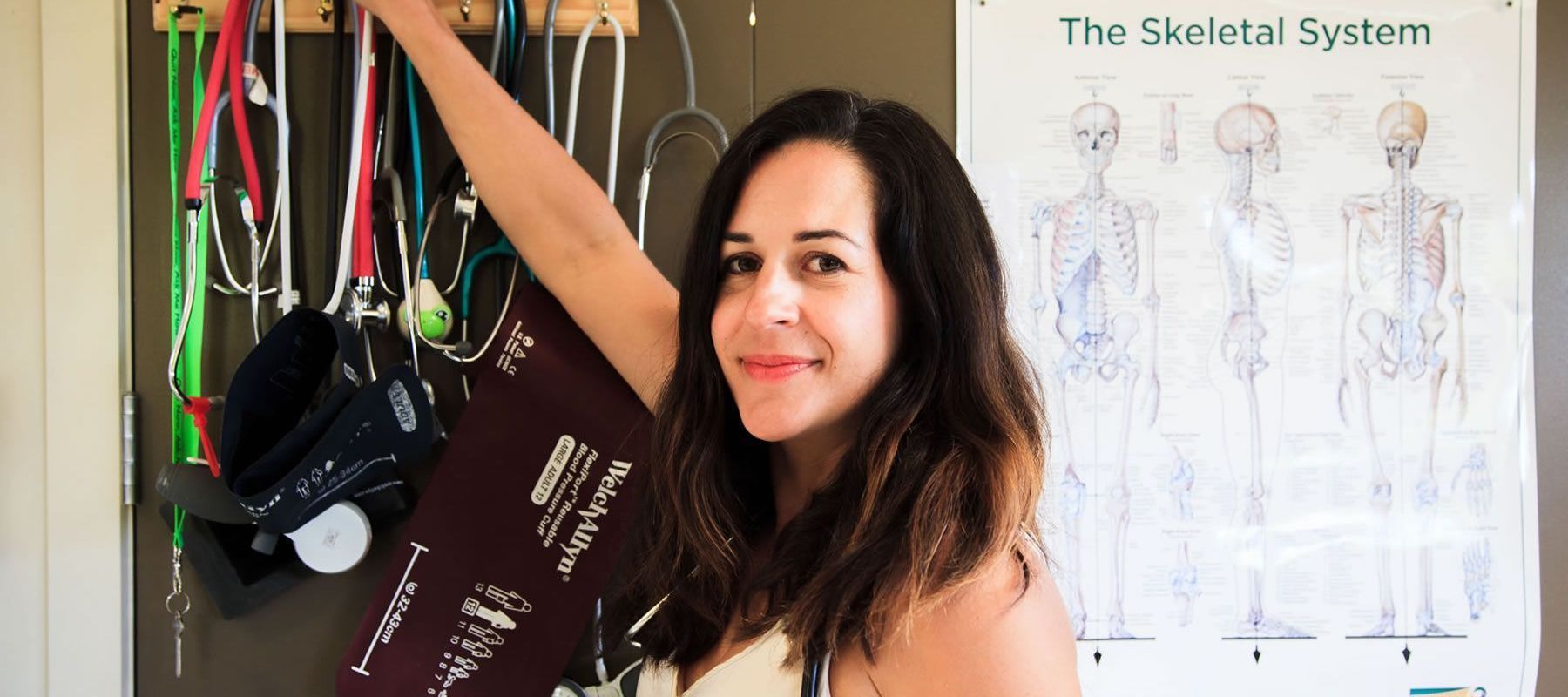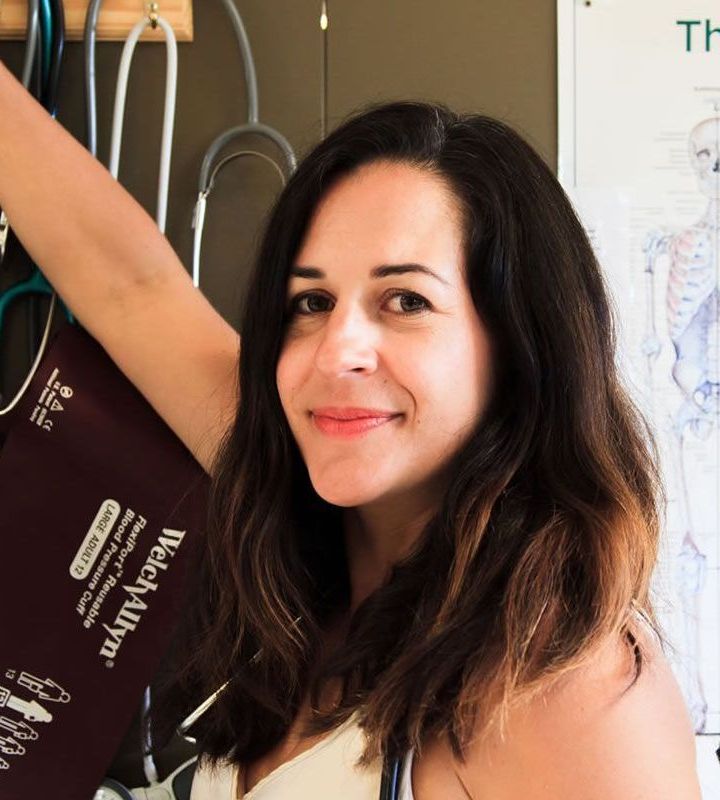Shingles
Shingles is an infection that is caused by the same virus that causes chickenpox.
You can only get shingles if you’ve had chickenpox in the past (usually as a child).
Shingles is also called herpes zoster.
It is most common in people over 50 years of age, but young people can get it as well.
Causes of shingles
After you recover from chickenpox, the virus stays in your body. It moves to the roots of your nerve cells (near the spinal cord) and becomes inactive (dormant). Later, if the virus becomes active again, shingles is the name given to the symptoms it causes.
It is not known what exactly causes the virus to become active again, but there are several possibilities:
- a weakened immune system (eg, by immune-suppressing medicines, another illness or after major surgery)
- a complication of cancer or AIDS
- long-term use of cortisone-type drugs
- after the skin is injured or sunburned
- emotional stress.
You can’t catch shingles from someone else. However, if you’ve never had chickenpox, you may get chickenpox from close contact with someone who has shingles – because the blisters contain the chickenpox virus.
The first sign of shingles is often a burning, sharp pain, tingling or numbness in (or under) your skin on one side of your body or face.
The most common site is your back or upper abdomen.
You may have severe itching or aching.
You also may feel tired and ill with fever, chills, headache and upset stomach.
The rash
1–14 days after you start feeling pain, you’ll notice a rash of small blisters on an area of skin that is red looking.
Because the blisters tend to follow nerve paths they’re usually in a line – often extending from your back around to your tummy, and almost always on just one side.
The rash also may appear on one side of your face or scalp.
A few days after they appear the blisters will turn yellow, then dry and crust over. Over the next 2 weeks the crusts will drop off, and your skin will continue to heal. This can take from several days to weeks.
If you get shingles on your head or scalp, you may get headaches and weakness on one side of your face (causing that side of your face to look droopy). This usually goes away, but it may take many months – especially if you’ve had a lot of weakness of your face muscles.
Other complications
Some people also develop painful eye or ear inflammations and infections with shingles.
How long it takes to clear up
The pain or irritation from shingles will usually go away in three to five weeks. However, if the virus damages a nerve, you may have pain, numbness or tingling for months or even years after the rash is healed. This chronic condition is most likely to occur in people over 50. Antiviral medicine can help prevent this complication.
Available vaccine
HZV (Zostavax, Merck) is a live attenuated virus vaccine. It is a higher titre formulation of the varicella vaccine and has been tested as a vaccine to protect against herpes zoster.9 By mimicking the immune response seen following a dose of shingles and boosting cell-mediated immunity in older adults, the incidence and severity of HZ is reduced by the high-titre vaccine.
Efficacy and effectiveness
A review of the efficacy of HZV in preventing zoster and post-herpetic neuralgia concluded that zoster vaccine is safe, effective and highly recommended for the immunisation of immune-competent individuals over the age of 60 years.
Dosage and administrationTop
HZV is registered for adults aged 50 years and older.
Co-administration with other vaccines
HZV can be concurrently administered with influenza vaccine using separate syringes and sites.
The US Centers for Disease Control has not changed its recommendation for either vaccine and continues to recommend that HZV and 23PPV be administered at the same visit if the individual is eligible for both vaccines.

